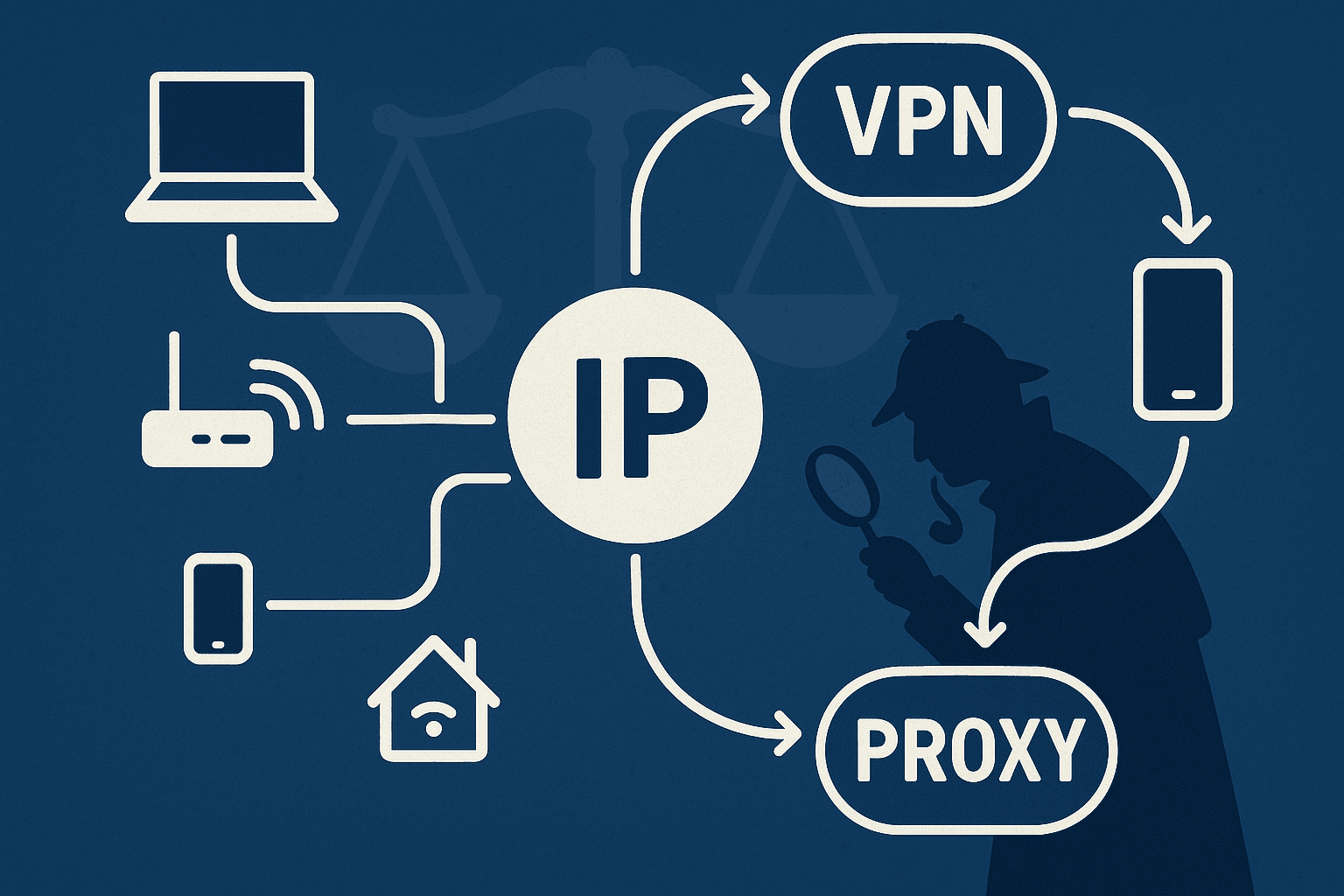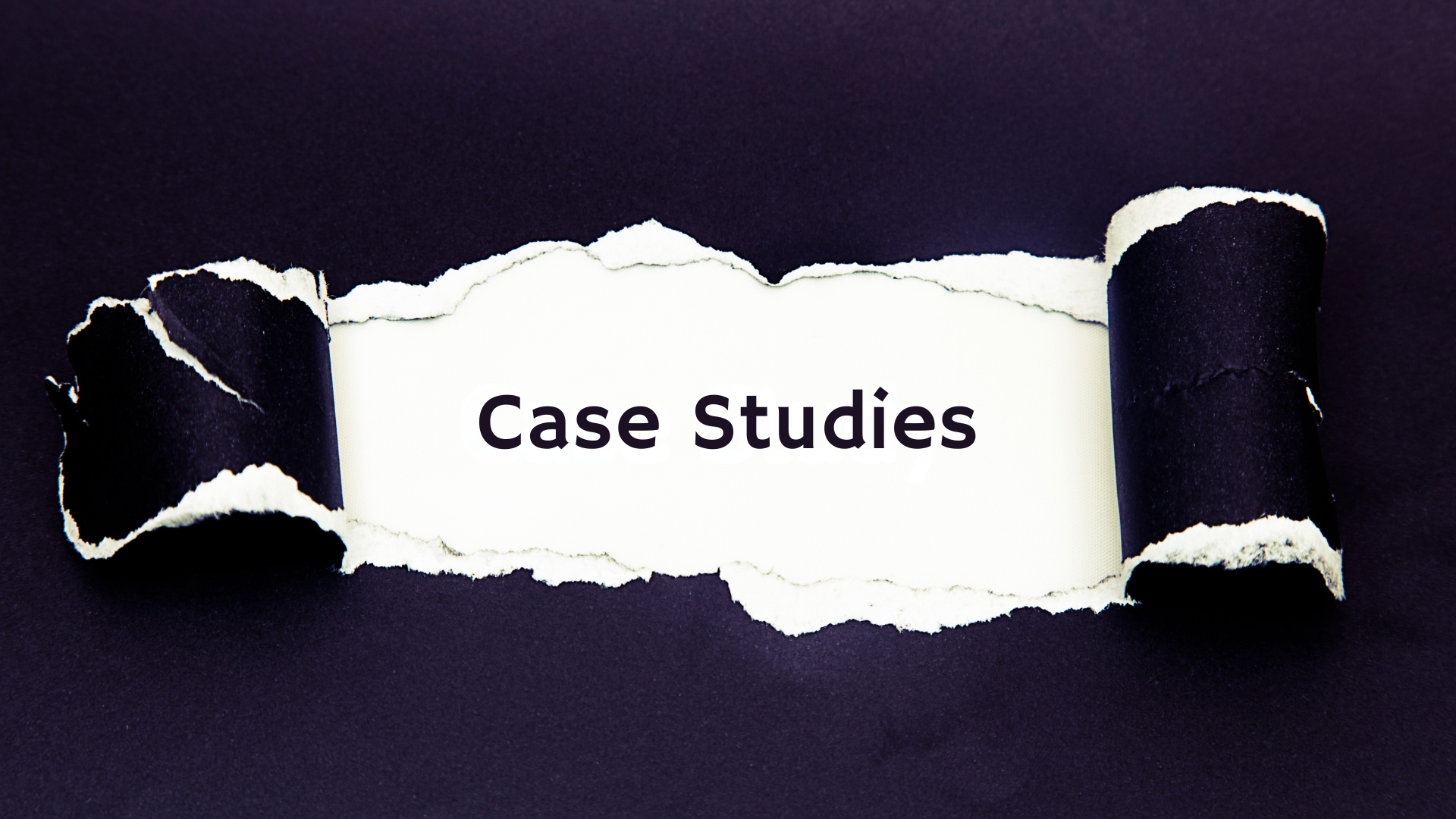The Perils of Improper Evidence Collection: Safeguarding the Integrity of Digital Forensics
As we've explored in previous posts in this series, digital evidence plays a crucial role in modern litigation. However, the collection of this evidence is not without its risks. Improper handling can lead to the inadvertent destruction or alteration of data, rendering it inadmissible in court and potentially compromising the outcome of a case. In this post, we delve into the potential pitfalls of digital evidence collection and underscore the importance of adhering to strict protocols.
The American Bar Association's article, "Forensic Examination of Digital Devices in Civil Litigation: Legal, Ethical, and Technical Traps," highlights the delicate nature of digital evidence. Unlike physical evidence, digital data can be easily modified, overwritten, or deleted, often without leaving a trace. This vulnerability necessitates a meticulous approach to collection to ensure the preservation of its integrity.
Spoilation of Evidence
One of the primary risks associated with improper collection is spoliation of evidence. This refers to the alteration, destruction, or concealment of evidence relevant to a legal proceeding. In the digital realm, spoliation can occur through various means, such as unintentionally modifying timestamps, deleting files, or even attempting to recover data using unverified software. Something as simple as a delay in performing the acquisition can result in spoilation if the data is overwritten. The consequences of spoliation can be severe, ranging from the exclusion of evidence to adverse inferences drawn by the court.
Contamination of Evidence
Another risk is the potential for contamination of digital evidence. This can happen when the collection process introduces extraneous data or alters the original data somehow. For example, using a personal computer to collect evidence from a suspect's device could inadvertently transfer extraneous files or modify metadata, casting doubt on the authenticity of the evidence.
To mitigate these risks, it is imperative to follow a strict protocol when collecting digital evidence. This protocol should encompass several key steps:
- Secure the Scene: Immediately isolate the digital device to prevent further interaction or tampering.
- Document Everything: Create a detailed chain of custody log, noting every individual who handles the device and the actions taken.
- Use Forensically Sound Tools: To ensure data integrity, employ specialized software and hardware designed for digital forensics.
- Create a Forensic Image: Make a bit-by-bit copy of the original data source, preserving it in its original state for analysis.
- Verify the Integrity: Employ hash algorithms to verify that the forensic image is an exact replica of the original data.
By adhering to these guidelines, forensic analysts can minimize the risks associated with digital evidence collection and maximize the chances of preserving its evidentiary value. Note that the steps outlined above are generic and should be considered high-level guidance. Different types of evidence will require different handling procedures. It is important to remember that digital evidence is often fragile and susceptible to alteration. Therefore, a disciplined and methodical approach is crucial to ensure the evidence remains reliable and admissible in court.
Different types of evidence will require different handling procedures.
In conclusion, the collection of digital evidence is a critical phase in any investigation. However, it is complicated by potential risks that can jeopardize the integrity of the evidence. By understanding these risks and following established protocols, forensic analysts can ensure that digital evidence is collected and preserved in a manner that upholds the principles of justice and fairness.
Contact Lucid Truth Technologies if you have a case involving evidence collection and learn how we can support you.





